Why Every Bowhunter Should Shoot A Competitive 3D Event
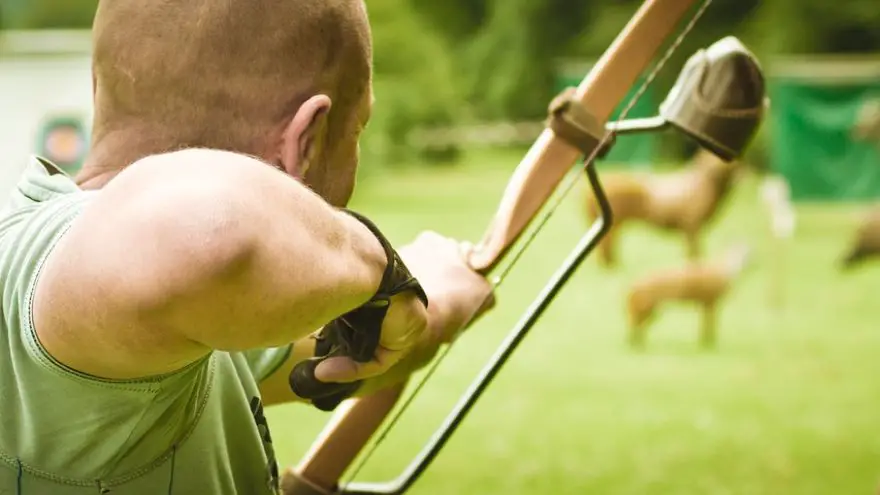 Why Every Bowhunter Should Shoot A Competitive 3D Event
thegearhunt.com
Why Every Bowhunter Should Shoot A Competitive 3D Event
thegearhunt.com
The archery world is primarily focused on two major goals, hunting and target shooting. These are two different disciplines that typically have two radically different equipment sets.
Target bows have very long and heavy stabilization systems, long axel to axel bows, and sometimes scopes with lenses and magnification systems to help them see their target better.
All of these things aren’t designed to be carried into the woods and shot in tight spaces or less than ideal weather conditions, but target archery and the pursuit of a leaderboard position can teach many skills you may not expect.
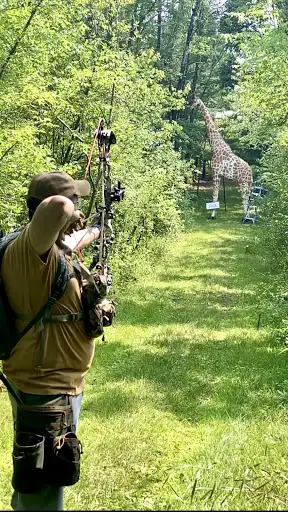
How You Try Shots At Varied Distances?
Let’s be realistic here; most people don’t go to set up their archery target at abnormal distances like 32.6 yards. Most targets are set up in 5-10 yard increments, and fixed pins on many hunting setups follow suit.
There is nothing wrong with setting up your sights like that, but a deer you might have your eyes set on won’t walk up and stop at exactly 30 yards away in a hunting situation, so you’ll need to learn how to compensate.
3D-style events are typically set up in odd increments like this and can be a great opportunity to test your bow setup. After all, each bow setup is different, and you will need to quickly adjust your bow to help you execute the perfect shot.
Fixed pin sight setups are a great example of this since you will quickly learn how to shoot your pin gaps on your bow for the different ranges you have pre-set on your sight.
Additionally, on a slider sight, you can use this as an opportunity to learn how you would have to quickly over or under aim on your target should the animal suddenly move while you have already set your range.
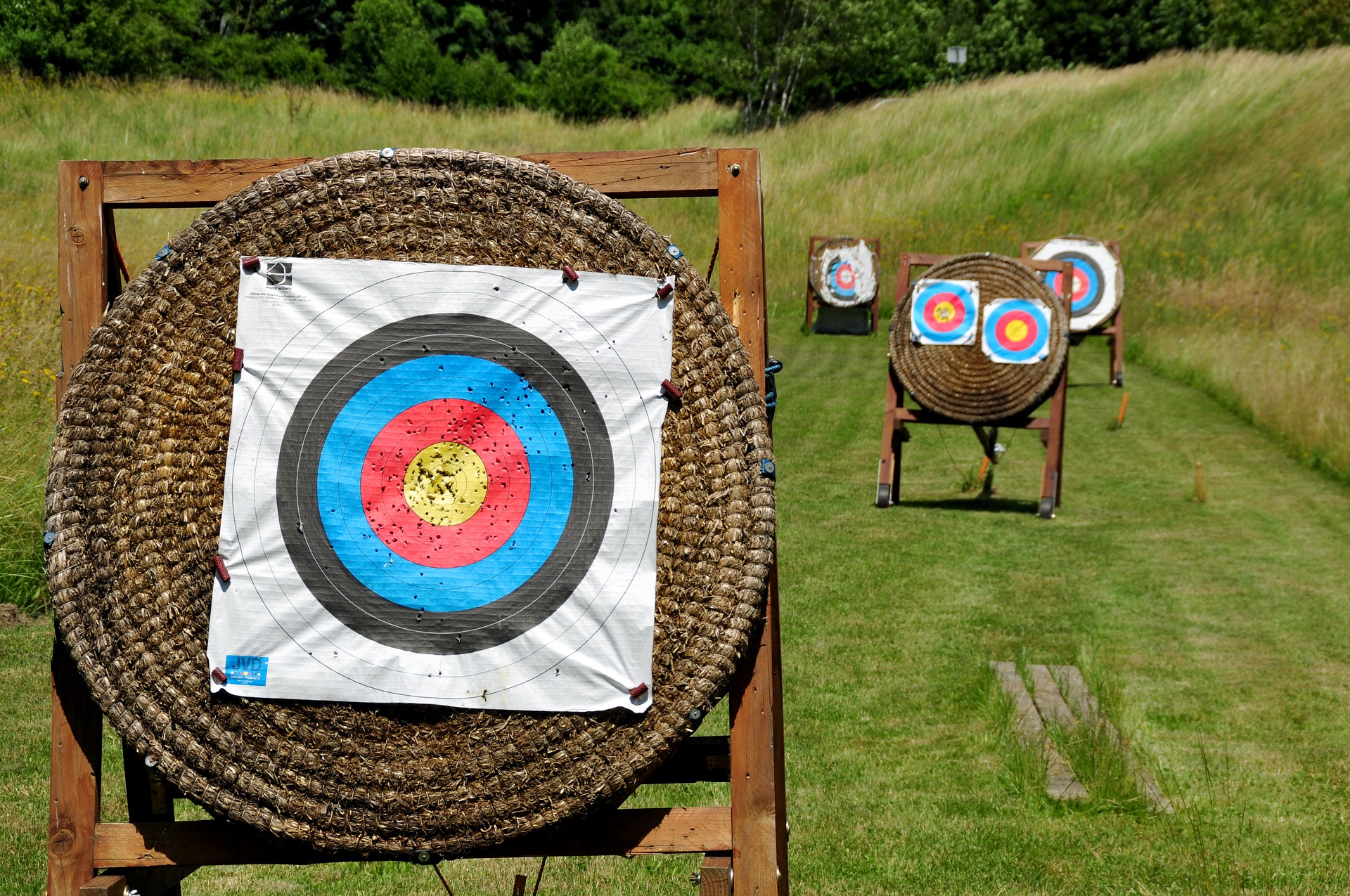
The other bonus to shooting at varying distances is the ability to see your arrows arc in many scenarios. Every bowhunter knows a story or two of their friend who drew back on that pope and young only to have their arrow swatted down by branches they didn’t expect to hit.
Almost as if Mother Nature herself decided she wanted to intervene in the most subtle way she could. Mother Nature favors the prepared, and knowing where your arrow will go is just another tool in your arsenal. If you want to make it that much easier, throw some lighted nocks on your arrows to help you watch that arc all the way to its target.
These varied distance shots provide you with more real-world situations to keep your skills sharp while being under the pressure of scoring the best that you can.
Honing your shot process
Similar to a competitive situation, your shot matters when hunting. Once your release has gone off, and your cams are rapidly turning to launch your arrow off of your string, your shot cannot be undone. In competition, your shot needs to be good and repeatable so you can keep hitting those 12 rings. You can’t redo a target once your arrow has left the string.
One flier of an arrow from you rushing your shot can make you lose an arrow or, even worse, lose your shot on that buck you’ve been chasing. A target shoot provides you an opportunity to aim for the 12 ring and tune your shot process target after target, event after event until you’ve found the process that works for you.
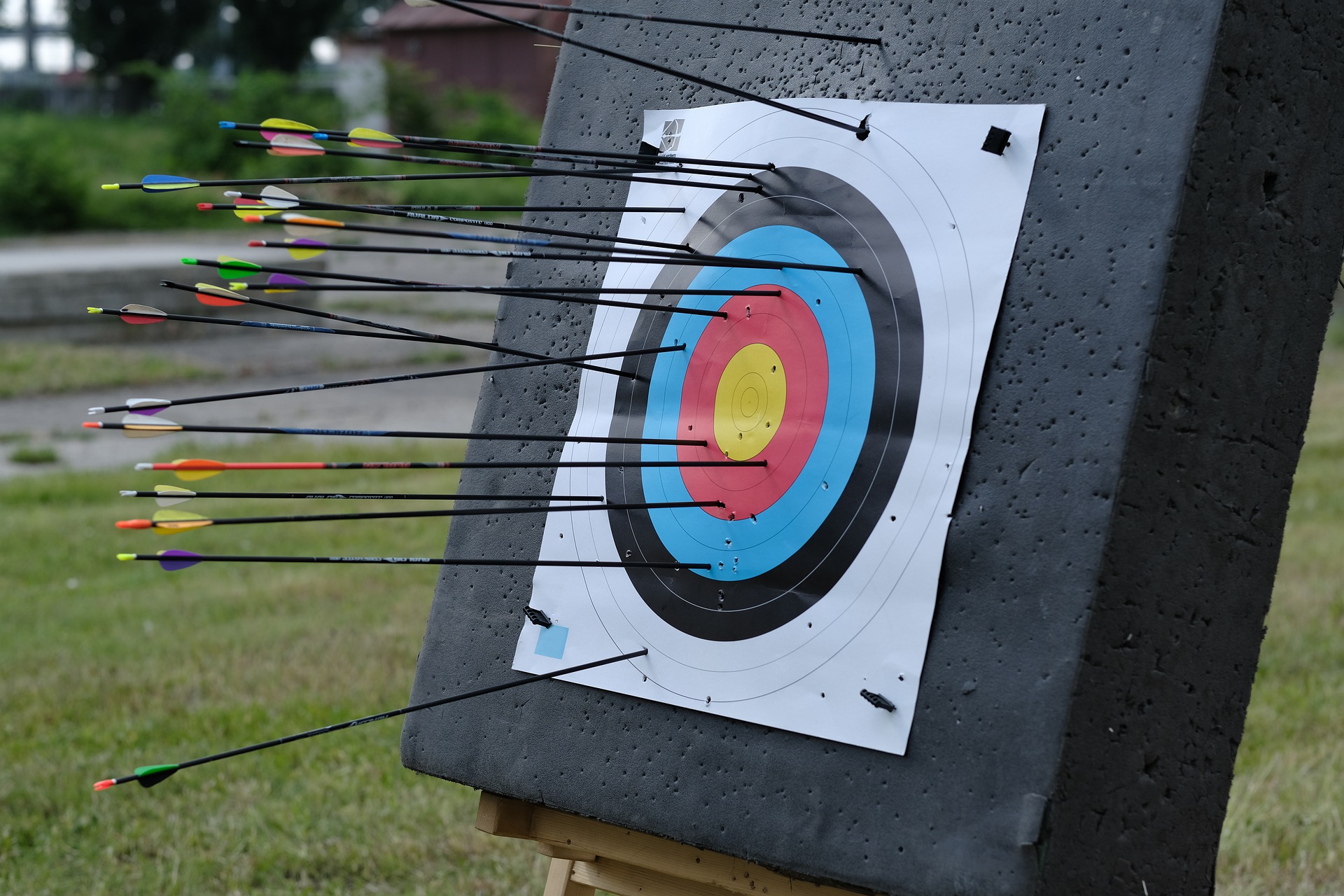
The competitive aspect of it, maybe with a friendly wager or two and the other archers watching you as you shoot, gives you just enough pressure to keep it interesting. These situations and repetition from lane to lane will help to learn the muscle memory and mindset behind each shot and make it that much easier to clear your head and execute that perfect shot even when it’s the moment of truth.
Do You Set Your Targets At Different Angles?
No one really remembers that math class they took that taught them about angles and triangles, but they were right, and maybe we would’ve paid more attention if they would’ve given us homework assignments that involved shooting our bows.
Either way, an angle can have a drastic effect on your shot, and this effect is compounded by distance and your arrow’s arc. Some 3D shoots are more technical and can require uphill or downhill shots over distance at a target.
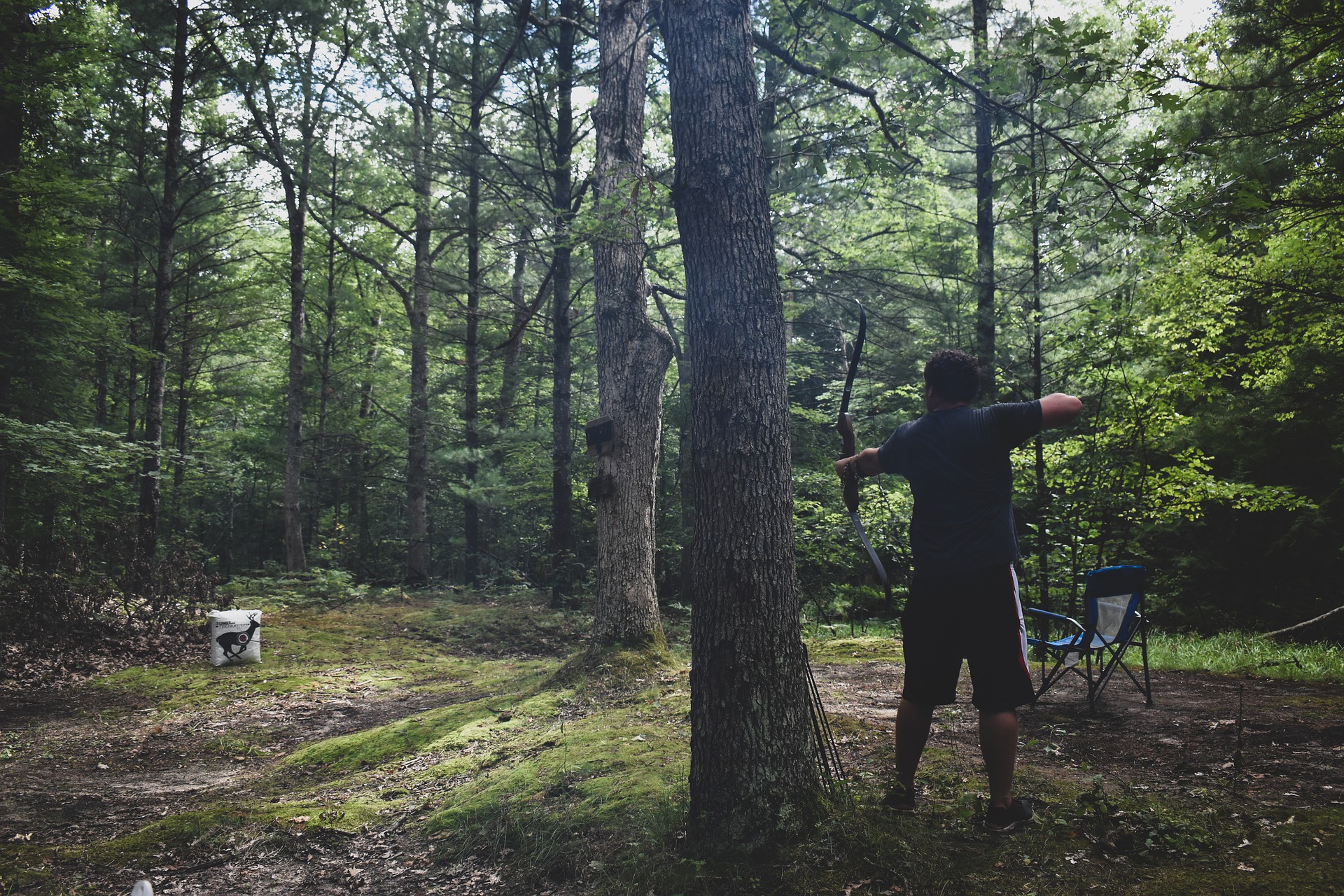
When shooting at a target at an upward or downward angle, the severity of the angle will change your actual distance to the target. Some rangefinders have angle compensation in them; however unless you’ve got one that takes accurate information about your bow, these are never perfect.
A rangefinder can tell you your angle to the target and the straight line distance, but it’s up to the archer to adjust for their bow. It’s a good idea to make yourself a chart like this for the approximate angles you think you’d need.

Now I’m not saying you should memorize this chart, in fact, it’s pretty unnecessary in a hunting scenario, and you may not have time to consult it, but if you take the cosine of 5 different angles, you expect to shoot and memorize those you’ll be able to do some mental math and get pretty close to a perfect distance when you’re in the field.
Take The Opportunity To Test The Rest Of Your Gear
Finally, archery events are a perfect way to test your gear. You should always try shooting in the clothes you’d expect to wear and shooting all of the permutations of the gear you expect to carry.
Clothing will have tight spots that make your draw cycle feel different and might not be the best for keeping you in a comfortable anchoring spot. Additionally, you may learn that the colors of your pins aren’t the right ones for your eyes, and it might make sense to change them, or the peep sight you have doesn’t do well with glare.
There are a lot of different scenarios that can come out of just bringing your gear to a shoot and testing it in many scenarios, but you have to take it with you for you to really know.
Summary
Shooting an outdoor 3D event is fun. You’ll meet a bunch of other archers and hunters, all there to push their skills and their equipment, all to try and be the best that they can be. In a competitive 3D shoot, you will get to have the opportunity to test your gear and your skills and also learn from others around you who’ve got the answers to some of the questions you’ve been struggling to find.
You can test all your gear, up your confidence, and know that wherever your target might be, you’ll be able to execute a perfect shot in any condition. Best of luck during the pre-hunt season, and shoot straight!















